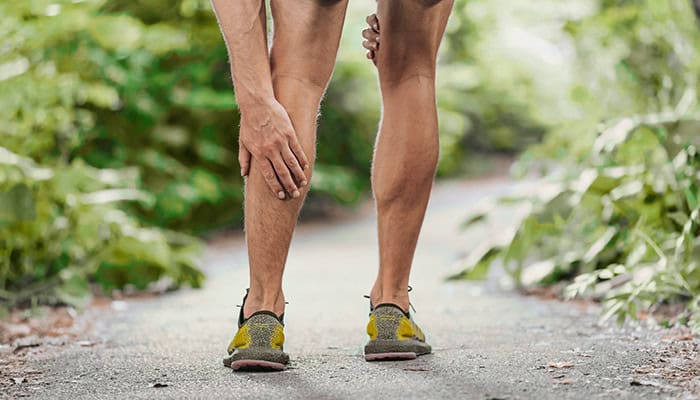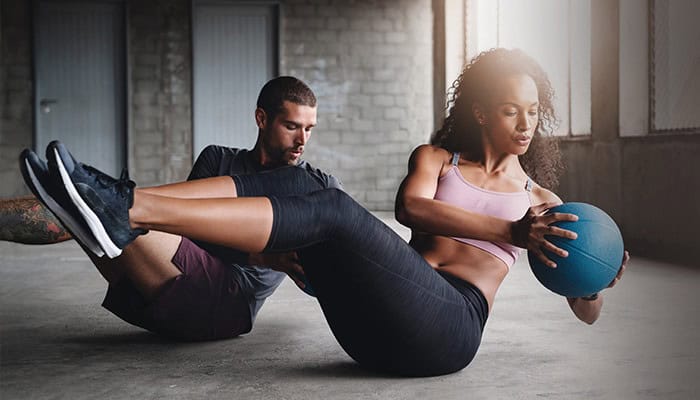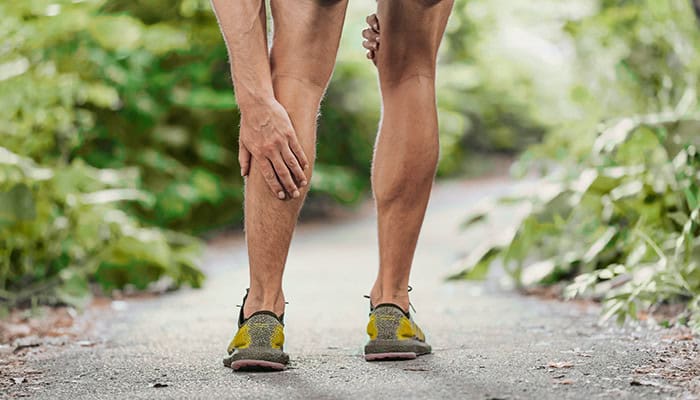Athletes are increasingly turning to topical magnesium to improve performance, enhance recovery, and reduce muscle pain. Topical magnesium offers a fast-absorbing, targeted solution that supports muscle function, alleviates cramps, and reduces inflammation—critical for anyone engaged in high-intensity sports.
What is Topical Magnesium?
Topical magnesium is a form of magnesium that is applied directly to the skin, usually in the form of oil, gel, or lotion. It bypasses the digestive system and is absorbed through the skin, making it an effective option for athletes who require fast relief without the gastrointestinal side effects sometimes associated with oral magnesium supplements.
Why Athletes Are Turning to Magnesium
Magnesium plays a vital role in muscle and nerve function, energy production, and recovery. Athletes often have higher magnesium requirements due to increased physical exertion, sweating, and muscle breakdown. Using topical magnesium allows them to target sore muscles and joints directly while avoiding potential side effects of oral supplements.
Benefits of Topical Magnesium in Sports
Enhancing Muscle Function
Magnesium helps muscles contract and relax efficiently, which is crucial for athletes. It regulates calcium, the mineral responsible for muscle contractions, preventing cramps and spasms, which can hinder performance.
Speeding Up Recovery
After intense workouts, muscles need time to recover. Topical magnesium supports faster recovery by reducing muscle fatigue and soreness. It promotes the removal of lactic acid, a byproduct of intense exercise that contributes to soreness.
Reducing Pain and Inflammation
Inflammation and joint pain are common for athletes engaged in rigorous training. Magnesium has anti-inflammatory properties that help reduce swelling and discomfort, allowing athletes to continue training without prolonged downtime.
Optimal Application of Topical Magnesium
Best Practices for Application
For athletes, it’s crucial to apply topical magnesium correctly for maximum benefits. It’s recommended to use magnesium spray or gel on sore muscles, joints, or areas prone to cramps. Massage it into the skin for faster absorption and optimal effect.
When to Apply for Maximum Benefits
The best time to apply topical magnesium is post-workout when muscles are warm and pores are open. Applying it during your evening routine can also help relax muscles and promote better sleep, which is essential for recovery.
Areas to Focus on for Athletes
Focus on areas where muscles are most strained or prone to cramping—typically the legs, calves, arms, and lower back. For joint pain, apply magnesium to knees, elbows, or shoulders for targeted relief.
| Form | Consistency | Absorption Rate | Best For | Common Use |
|---|---|---|---|---|
| Magnesium Oil | Light, watery texture | Fast | Immediate muscle relief | Spraying directly on sore muscles |
| Magnesium Gel | Thicker, gel-like | Moderate | Sustained relief | Post-workout recovery application |
| Magnesium Lotion | Creamy, moisturizing | Moderate to slow | Sensitive skin, hydration | Daily use or after workouts |
Comparing Different Types of Topical Magnesium
Magnesium Oil
Magnesium oil is a concentrated form of magnesium chloride. It absorbs quickly and is ideal for athletes looking for fast relief from muscle pain or cramps. However, it can sometimes cause a tingling sensation for sensitive skin.
Magnesium Gel
Gel formulas are thicker and tend to stay on the skin longer, allowing for sustained absorption. They are ideal for post-workout recovery when you want prolonged contact with the affected muscles.
Magnesium Lotion
Lotion formulas are designed for individuals with sensitive skin. They often include added ingredients like moisturizers, making them gentler while still delivering the benefits of magnesium.
Incorporating Topical Magnesium into Routine
Daily Application Guide
For optimal results, athletes should use topical magnesium daily, especially after intense training sessions. Apply it directly to sore muscles or joints in the morning or before bed to relax muscles and reduce stiffness.
Integration with Other Recovery Methods
Topical magnesium can be integrated with other recovery techniques like foam rolling, stretching, and hydration. Combining magnesium with these methods can further enhance muscle recovery and prevent injury.
Scientific Insights on Topical Magnesium and Athletic Performance
Case Studies and Research Overview
Several studies suggest that magnesium supplementation improves athletic performance by enhancing energy production, reducing muscle fatigue, and promoting recovery. Research shows that magnesium can help athletes recover faster by reducing inflammation and muscle soreness.
Expert Opinions on Efficacy
Experts in sports medicine often recommend magnesium for athletes, noting its critical role in muscle and nerve function. Topical magnesium, in particular, is praised for its ability to provide localized relief without the gastrointestinal side effects of oral supplements.
Safety and Side Effects
Common Concerns with Topical Magnesium
While topical magnesium is generally safe, some athletes may experience tingling or itching, particularly with higher concentrations of magnesium oil. If irritation occurs, try using a lotion or gel formula or applying it to a different area of the body.
How to Recognize an Adverse Reaction
If you notice redness, itching, or irritation that persists, discontinue use and consult a healthcare provider. While rare, magnesium sensitivity can occur, particularly in individuals with sensitive skin.
Addressing Common Myths about Topical Magnesium
Fact vs. Fiction in Magnesium Use
There are several myths surrounding topical magnesium, such as the belief that it can cure muscle cramps instantly or replace all forms of magnesium intake. While topical magnesium is effective for many athletes, it works best when combined with a healthy diet and lifestyle.
Topical magnesium is a highly effective tool for athletes looking to boost performance, enhance recovery, and reduce muscle pain. By incorporating magnesium spray, oil, or lotion into your daily routine, you can ensure your muscles stay in optimal condition and avoid the common side effects of oral supplements.
FAQs on Topical Magnesium Use in Athletics
What is the best time to apply magnesium for recovery after training?
The best time to apply magnesium is post-workout when muscles are warm, or at night before bed for relaxation and recovery.
Can topical magnesium help improve sleep for athletes?
Yes, magnesium helps regulate neurotransmitters that promote relaxation, making it a great tool for athletes struggling with sleep after intense training.
How long does it take to see benefits from using topical magnesium?
Most athletes notice benefits, such as reduced muscle soreness, within a few days to a week of consistent use.
Are there any sports where magnesium is particularly beneficial?
Magnesium is beneficial across all sports, especially endurance sports like running, cycling, and swimming, where muscle fatigue is common.
How can athletes incorporate magnesium into their travel routines?
Athletes can easily carry magnesium spray or lotion during travel and apply it after flights or long road trips to reduce stiffness and cramps.





